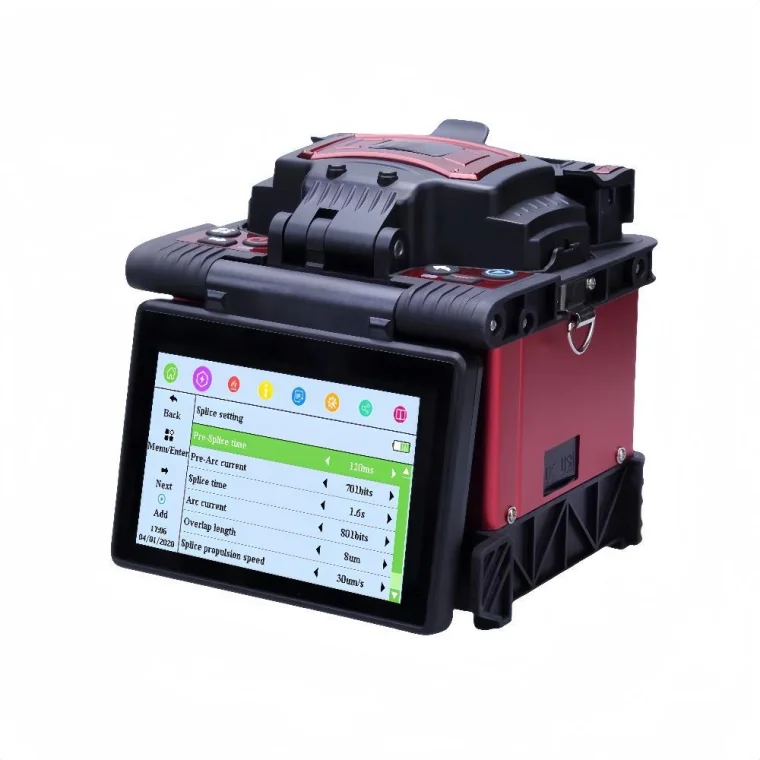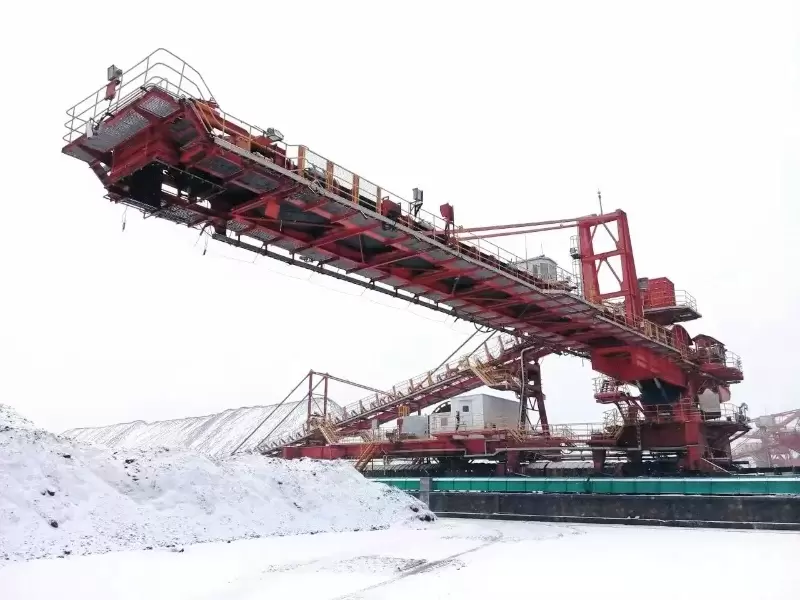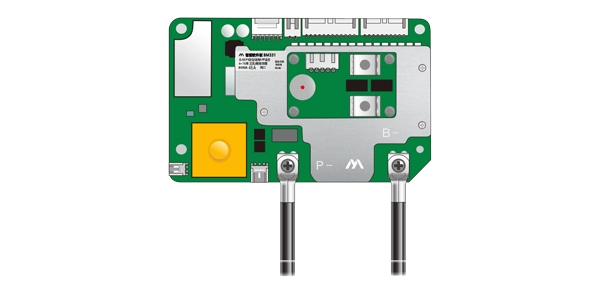Fiber optic splicing is a crucial process in modern telecommunications, helping to create seamless connections between optical fibers to ensure efficient signal transmission. Two primary methods dominate fiber optic splicing: fusion splicing and mechanical splicing. Each has its advantages and specific applications, but choosing the right one depends on factors like performance requirements, budget, and ease of use. In this article, we’ll explore the differences between fiber optic fusion splicers and mechanical splicing and highlight how FlyingFiber Co., Ltd., a leading provider of fiber optic communication solutions, supports global customers with high-quality splicing products and expertise.

1. What Is Fusion Splicing?
Fusion splicing is the process of permanently joining two optical fibers by melting them together using an electric arc. This method creates a low-loss, high-strength connection that closely mimics a continuous strand of fiber.
Advantages of Fusion Splicing:
-
Superior Performance: Fusion splices offer minimal insertion loss (typically 0.1 dB or less) and low reflectance, making them ideal for high-speed and long-distance fiber optic networks.
-
Durability: Because the fibers are permanently fused, fusion splicing provides strong mechanical stability and resistance to environmental factors like moisture and temperature fluctuations.
-
Precision: Modern fusion splicers use advanced alignment technology to ensure precise core alignment, further enhancing splice quality.
FlyingFiber Co., Ltd. offers cutting-edge fusion splicers that are designed for efficiency, precision, and reliability. With over a decade of experience in exporting fiber optic products, FlyingFiber provides global customers with top-notch splicing equipment that meets the demands of modern communication networks.
2. What Is Mechanical Splicing?
Mechanical splicing involves aligning and holding two fibers together in a mechanical sleeve or clamp without permanently fusing them. The connection is maintained through physical contact and an index-matching gel, which reduces signal loss and reflection.
Advantages of Mechanical Splicing:
-
Quick and Easy Installation: Mechanical splicing is faster and simpler than fusion splicing, making it suitable for temporary connections, emergency repairs, and installations requiring minimal training.
-
No Expensive Equipment Needed: Unlike fusion splicing, which requires a costly fusion splicer, mechanical splicing can be performed with basic tools, reducing initial investment.
-
Flexibility: Mechanical splices can be disassembled and reconnected if necessary, providing flexibility for temporary setups or network modifications.
FlyingFiber’s product portfolio includes a range of mechanical splicing solutions and fiber optic accessories, enabling customers to choose the right splicing method based on their specific application needs.
3. Comparing Fusion Splicing and Mechanical Splicing
| Factor | Fusion Splicing | Mechanical Splicing |
|---|---|---|
| Insertion Loss | Very low (around 0.1 dB) | Slightly higher (typically 0.2 to 0.5 dB) |
| Durability | Highly durable, permanent connection | Less durable, suitable for temporary use |
| Ease of Use | Requires training and specialized tools | Easy to perform, minimal training needed |
| Equipment Cost | High (fusion splicer required) | Low (basic tools only) |
| Applications | Long-distance, high-performance networks | Emergency repairs, temporary connections |
4. When to Choose Fusion Splicing
Fusion splicing is the best choice for:
-
High-Performance Networks: Long-distance or high-bandwidth networks where low signal loss is critical.
-
Permanent Installations: Situations where long-term reliability and durability are essential, such as backbone fiber networks.
-
Critical Applications: Fiber optic links for data centers, telecommunications, and military or aerospace applications.
FlyingFiber’s fusion splicing solutions offer advanced features like core alignment, fast splicing times, and precise splice loss estimation, ensuring superior performance for demanding network applications.
5. When to Choose Mechanical Splicing
Mechanical splicing is ideal for:
-
Temporary Connections: Emergency fiber repairs or temporary setups where quick deployment is necessary.
-
Low-Budget Projects: Installations with tight budget constraints or where purchasing a fusion splicer is not feasible.
-
Beginner-Friendly Applications: Scenarios where minimal training and equipment are required.
FlyingFiber supports customers with cost-effective mechanical splicing kits and accessories, providing a practical solution for small-scale projects and field repairs.
6. FlyingFiber Co., Ltd.: Your Trusted Partner in Fiber Optic Splicing
As a leading provider of fiber optic communication solutions with over ten years of export experience, FlyingFiber Co., Ltd. is dedicated to delivering high-quality fiber optic products and services to customers worldwide. Whether you need state-of-the-art fusion splicers, reliable mechanical splicing tools, or comprehensive fiber optic testing and engineering products, FlyingFiber has you covered.
With a commitment to innovation, precision, and customer satisfaction, FlyingFiber helps clients optimize their fiber optic networks and achieve superior performance, no matter which splicing method they choose.
Conclusion: Which Is the Better Choice for You?
The choice between fusion splicing and mechanical splicing ultimately depends on your specific project requirements, budget, and long-term goals. For permanent, high-performance connections, fusion splicing is the superior option. For quick, temporary, or budget-friendly installations, mechanical splicing offers a practical solution.
With FlyingFiber’s extensive range of fiber optic products and expert guidance, you can confidently select the best splicing method and equipment for your needs. Whether you’re building a high-speed backbone network or performing emergency field repairs, FlyingFiber is here to support your success in the world of fiber optic communication.
www.flyingfiber.com
Shenzhen FlyingFiber Co., Ltd.


More Stories
Maximizing Battery Performance and Safety with Modular BMS Solutions
Future of Data Connectivity: Category 7 Network Cables
How Piezoelectric Gas Igniters Optimize Safety in Industrial and Commercial Equipment